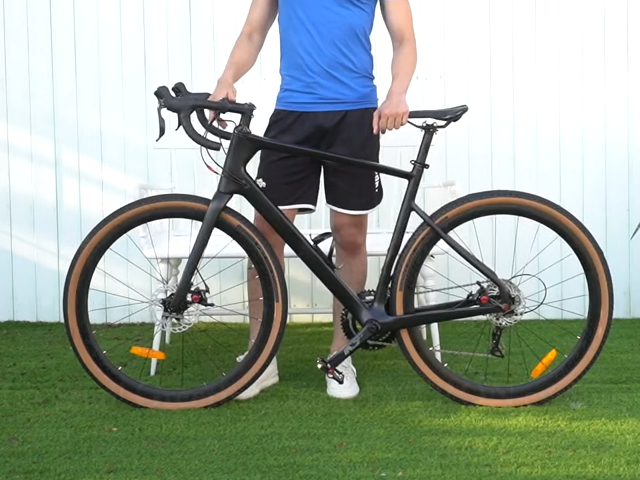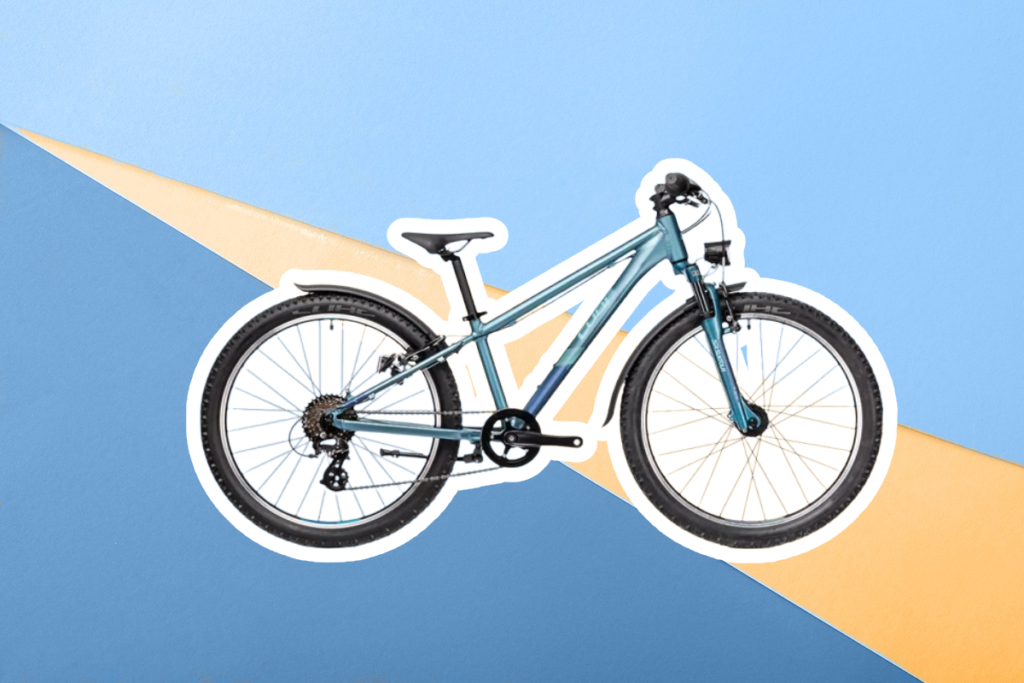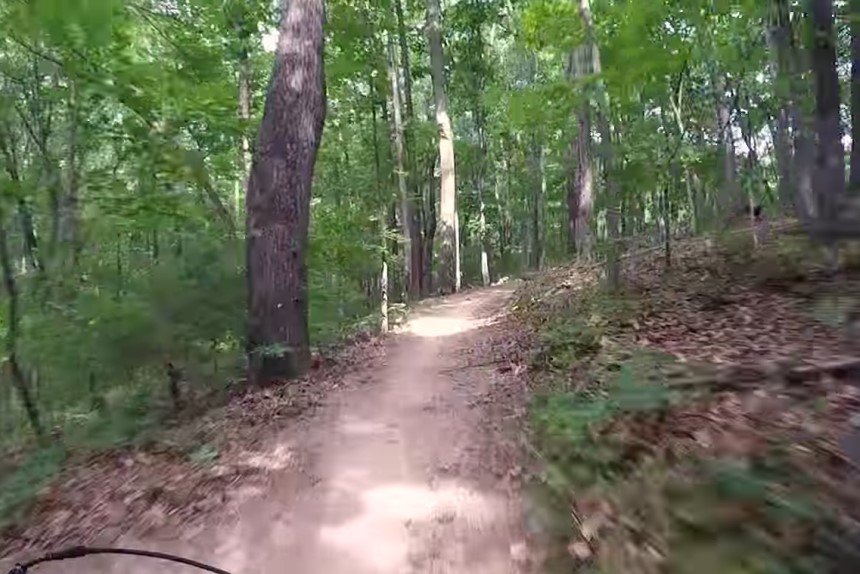- Trails
-
Bikes
-
Gear
-
Tips & Tricks
-
About us



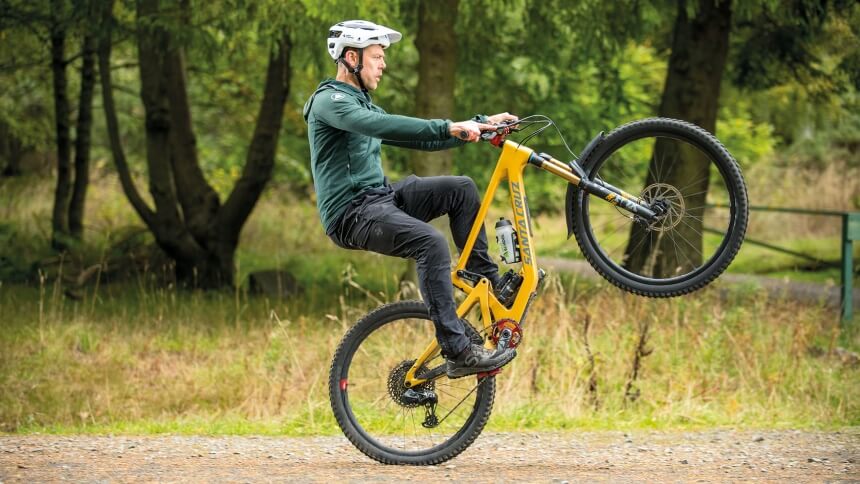 As mentioned above, there are some BMW tricks that you can learn from watching a small video or even from seeing a friend perform. A wheelie is a great example and usually works with just about any bike type, including mountain bikes.
As mentioned above, there are some BMW tricks that you can learn from watching a small video or even from seeing a friend perform. A wheelie is a great example and usually works with just about any bike type, including mountain bikes.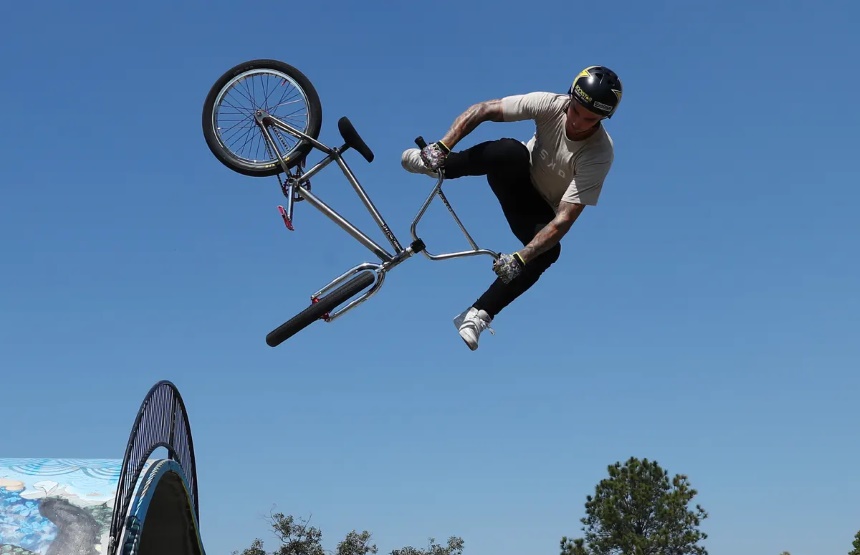 While the hardest BMX freestyle tricks may differ depending on who you ask, there are certainly a few common options. Examples include the Euro table, moto whip, superman, Indian air, tail whip, etc. Pro bikers can have also described the Can-can and no-foot as some of the hardest to pull off.
While the hardest BMX freestyle tricks may differ depending on who you ask, there are certainly a few common options. Examples include the Euro table, moto whip, superman, Indian air, tail whip, etc. Pro bikers can have also described the Can-can and no-foot as some of the hardest to pull off.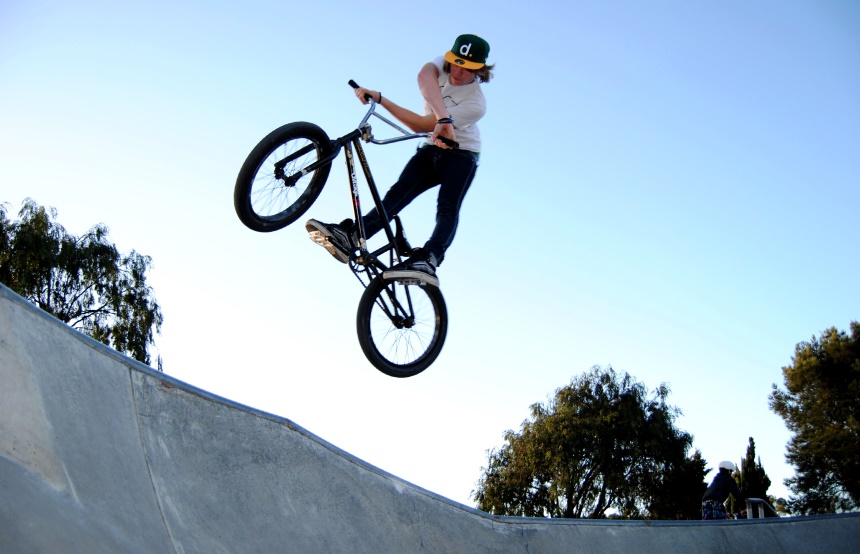 The X-up is an improvement on the bunny hop, where once you’re launched in the air, you turn the handlebars 180 degrees and then back straight. While in the air, your hands should be crossed into an X shape hence the name.
The X-up is an improvement on the bunny hop, where once you’re launched in the air, you turn the handlebars 180 degrees and then back straight. While in the air, your hands should be crossed into an X shape hence the name.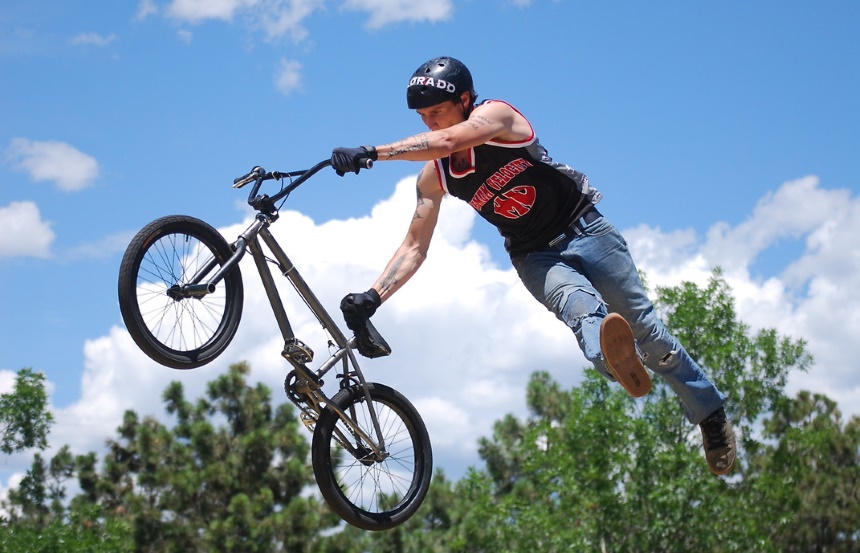 The superman seat grab requires a high ramp to launch you into the air, and with that, you can take your feet off the pedals while pushing the bike in front of you. In essence, it should look like you’re superman flying through the air with one hand on the handlebar and the other on the bike seat.
The superman seat grab requires a high ramp to launch you into the air, and with that, you can take your feet off the pedals while pushing the bike in front of you. In essence, it should look like you’re superman flying through the air with one hand on the handlebar and the other on the bike seat.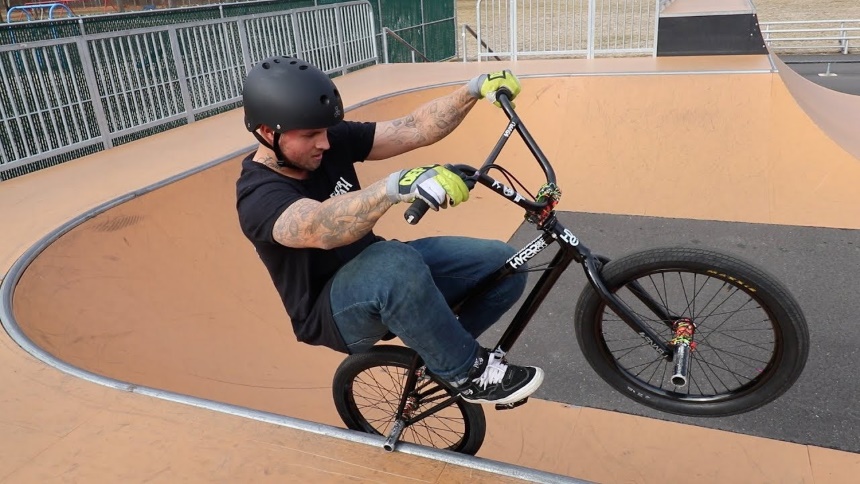 The icepick is fairly similar to the nose pick since you have to balance on a small point for a few seconds. However, in this case, your balancing point will be the rear peg of your BMX on the edge of the ramp.
The icepick is fairly similar to the nose pick since you have to balance on a small point for a few seconds. However, in this case, your balancing point will be the rear peg of your BMX on the edge of the ramp.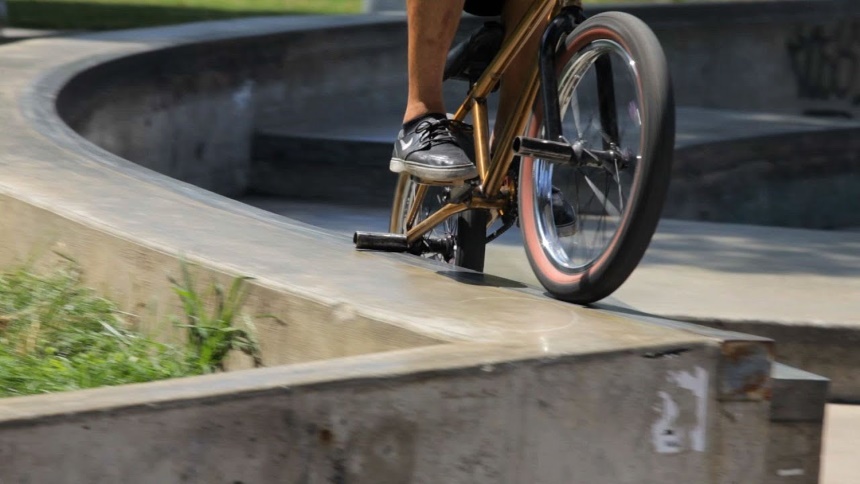 The feeble grind is the opposite of the Smith grind, where the rear wheel peg is grinding on the edge of the ledge while the front wheel rolls on top of the ledge.
The feeble grind is the opposite of the Smith grind, where the rear wheel peg is grinding on the edge of the ledge while the front wheel rolls on top of the ledge.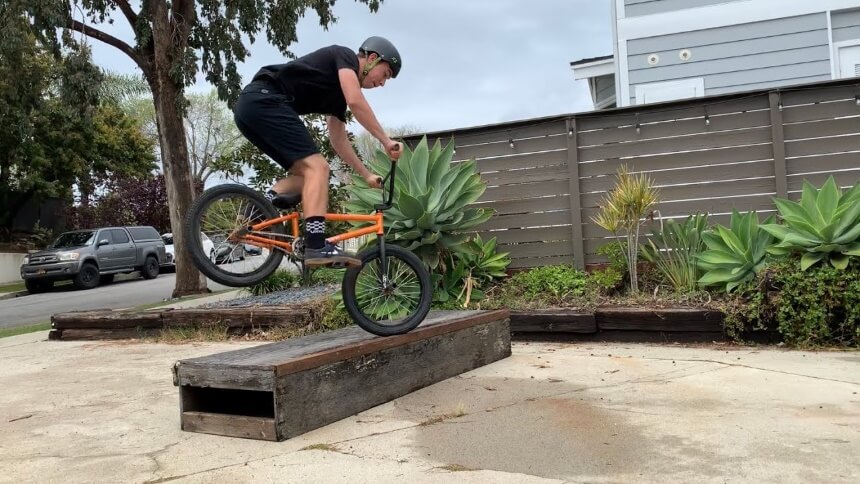 With the nose bonk stall, you do a normal nose bonk but pause and balance with your rear wheel in the air while the front wheel is on the ground before hopping into the motion.
With the nose bonk stall, you do a normal nose bonk but pause and balance with your rear wheel in the air while the front wheel is on the ground before hopping into the motion.




